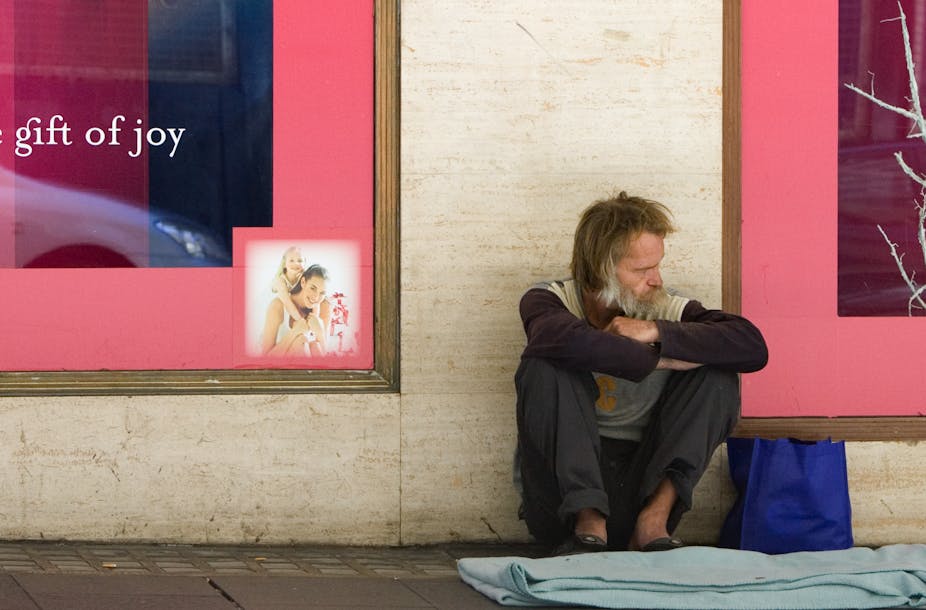Lost amidst the chatter about carbon taxes, mining regulation, and the “two-speed economy” is a much more elemental question—at heart, what kind of society do Australians really want to live in?
In particular, just how much richer should the rich be than the poor in the average Australian’s ideal world?
The answer, it seems, is even more strongly egalitarian than common wisdom might suggest.
In studying this question, we were inspired by a compelling study released this year by Professor Mike Norton, a psychologist at Harvard Business School, and Dan Ariely, a behavioural economist at Duke.
After surveying 5000 Americans, Norton and Ariely found that over 90% wanted to live in a society where wealth was distributed in a dramatically more equal fashion than is actually the case.
Of course, wealth inequality is significantly higher in the US than in Australia. (Indeed, the US has the highest wealth inequality in the developed world). There, the richest 20% of people own 85% of the total household wealth.
A fair go? We’d like it to be that way
In Australia, this figure, while historically still high, sits at 61%, according to the latest ABS data. In contrast, the poorest 20% of Australians collectively own 1% of total household wealth.
So, what do Australians think about the gap between rich and poor?
We collaborated with Norton and Ariely to replicate their study with a sample of 1000 Australians, carefully matched the demographics of the broader society.
On average, the Australian respondents said that the wealthiest 20% of Australians should ideally own 24.5% of the total wealth (compared with a reality of 61%). The poorest 20% should own 14.5% (compared with a reality of 1%).
Strikingly, the pattern was very stable across political party preference, personal wealth, and gender. Liberal and National Party voters also provided a vastly narrower ideal wealth gap than really exists.
The perception, the reality and the ballot box
If Australians almost unanimously favour greater wealth equality, then why is this not reflected in votes at the ballot box? Part of the answer may stem from the false perception that wealth is more equally distributed than it really is.
In addition to asking people about their ideal distributions, we asked them for their best estimates about how wealth really is distributed. People thought the wealthiest Australians had about 40% (1/3rd less than they do) of the wealth and thought the poorest Australians had about 10% (10 times more than they do).
Thus, voter ambivalence about wealth equalizing policies may stem partly from people underestimating just how far Australia’s reality is from their egalitarian ideal. It’s tough to “mind the gap” when it appears dramatically smaller than it really is.

